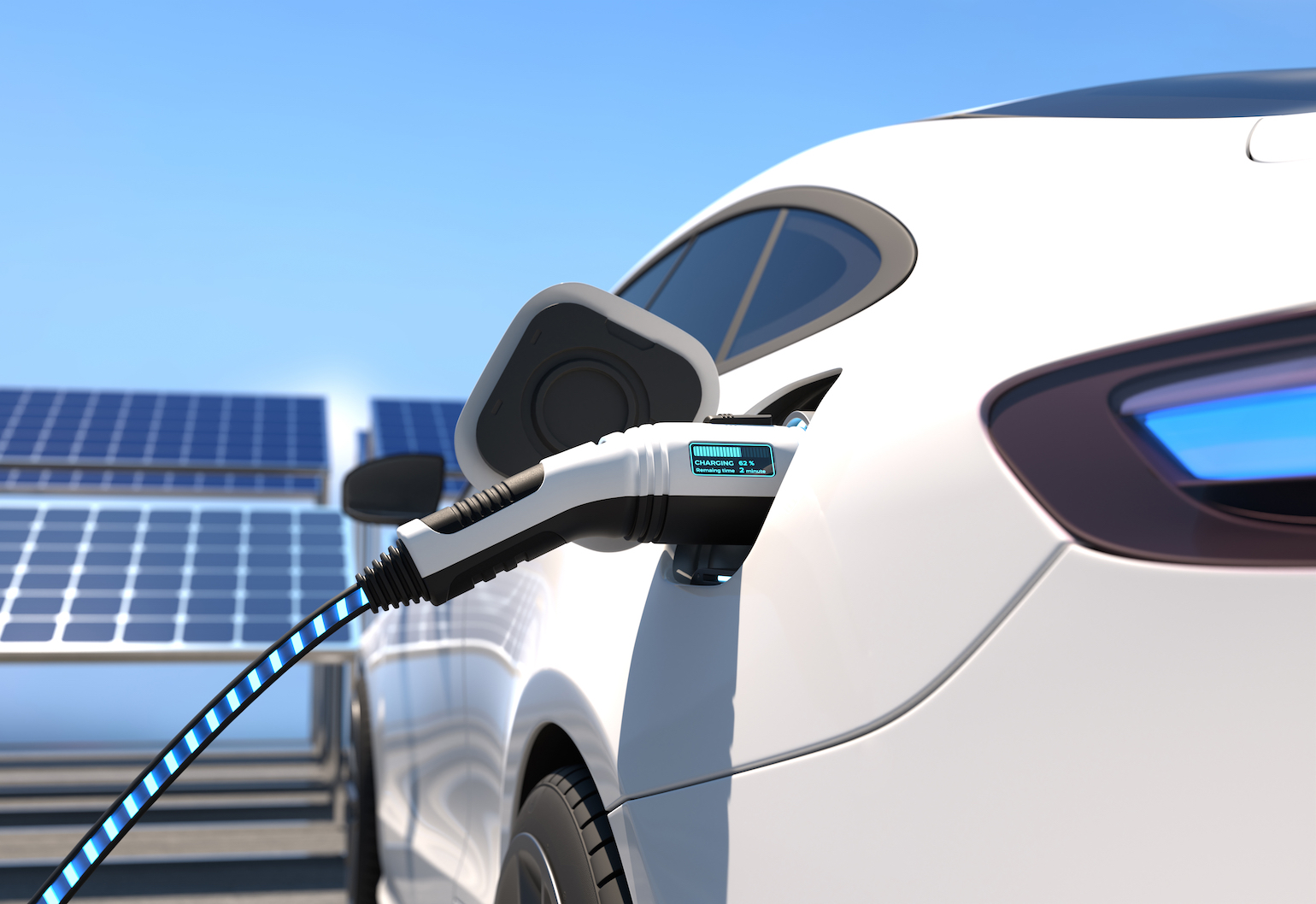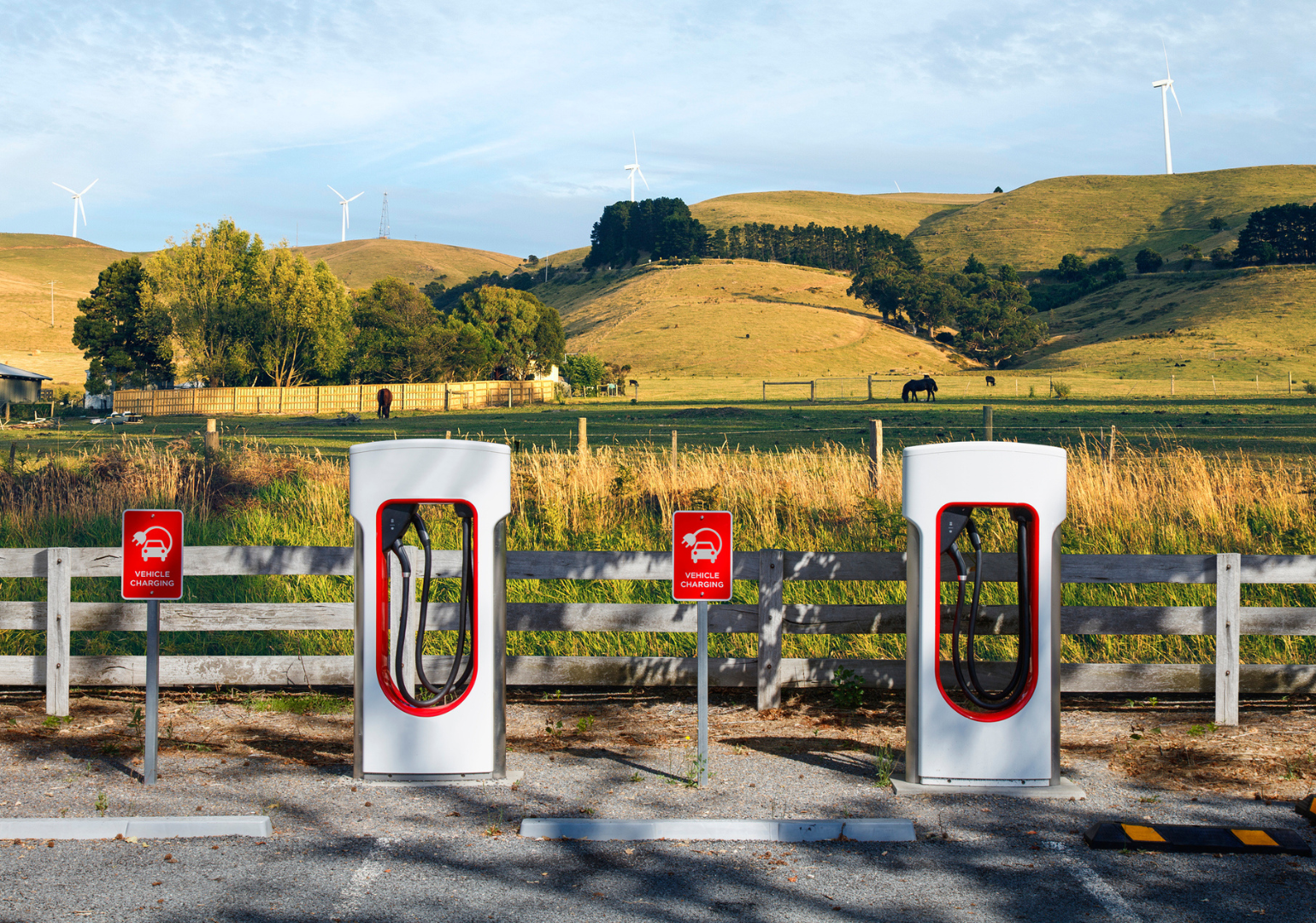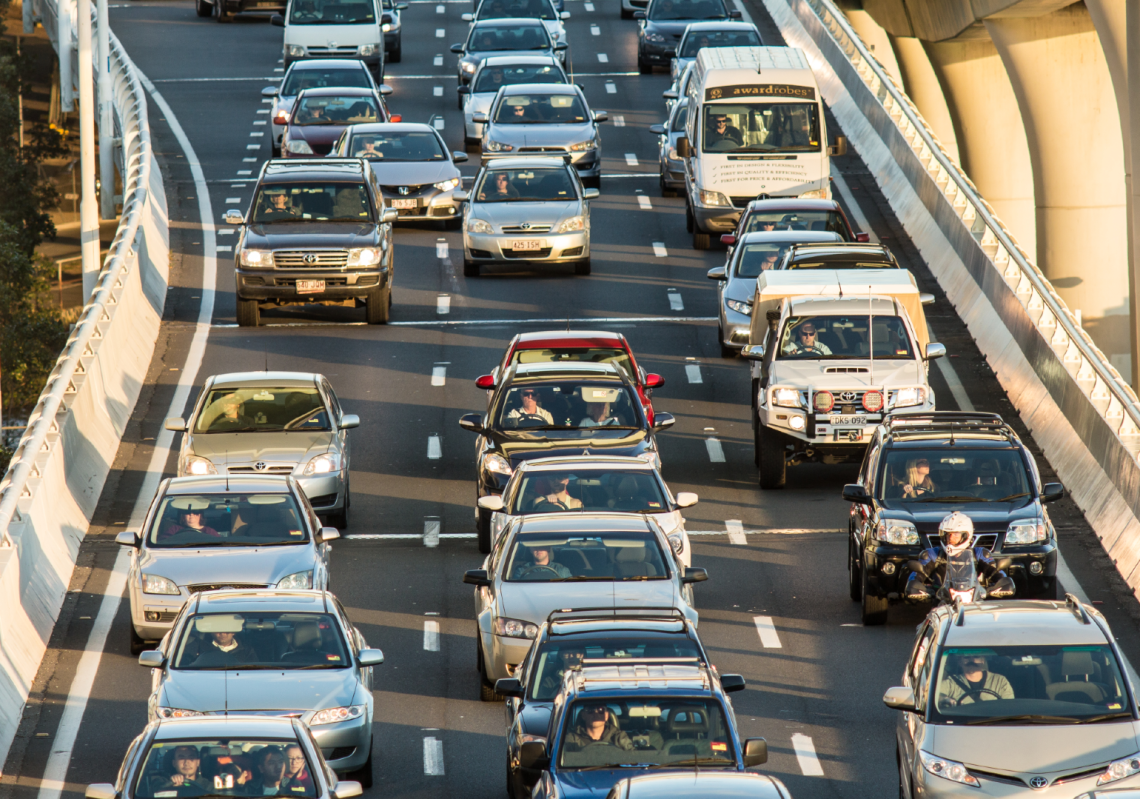An expert comments on the effectiveness of the proposed fuel efficiency standard, and the costs and energy requirements needed to operate a new fleet of electric vehicles.
The debate around the Australian government’s proposed New Vehicle Efficiency Standard, due for implementation in January 2025, is heating up. Questions have long abounded on just how sustainable electric vehicles (EVs) are in the long-term.
Then there are the concerns that a larger EV fleet could drive up demands for energy, with the Australian Energy Market Operator estimating that charging could add up to 21 per cent to residential electricity consumption in just under a decade.
At the same time, EVs have an ability to act as mobile batteries to balance the grid. With the help of some experts, create delves into these concerns and identifies what’s required to ensure an effective standard that works in the favour of consumers, the environment and the economy.
Why does Australia need a fuel efficiency standard?
Fuel efficiency standards, announced in February, have been a long time coming.
Since 2008, there have been six rounds of public consultation without resulting in an effective standard, according to Robin Smit, Director and Founder of Transport Energy/Emission Research (TER), and Adjunct Professor at the University of Technology Sydney’s School of Civil & Environmental Engineering.
Yet, Australian passenger vehicles emit 50 per cent more greenhouse gases on average than the world’s major markets, including the European Union, the United States, Japan and China.
This is partly due to the sustained increase in vehicle size and weight, and a shift in preference from smaller cars to SUVs and utes, particularly since 2015 – but also due to a lack of an effective mandatory standard.
“The heavier the vehicle, the more energy it uses – particularly in urban driving – to overcome inertia,” Smit explained.
“The stagnation in Australia, along with the large gap in emissions performance, means we’ve now arrived at a point where we have a lot of catching up to do to bring us in line with the rest of the world.”
What can Australia learn from other parts of the world?
The final design phase of the New Vehicle Efficiency Standard is absolutely critical for it to be effective, Smit said.
The standard needs to reflect actual on-road fuel consumption and emissions as closely as possible.
But the current standardised test procedure used in Australia to assess emissions levels – the New European Driving Cycle – is outdated and no longer used internationally.
Smit suspects the government will adopt the newer Worldwide Harmonised Light Vehicle Test Procedure (WLTP), which was supported by Engineers Australia in its Fuel Efficiency Standard submission.

The EU has taken steps to require the monitoring of actual and used fuel consumption.
Now, any vehicles registered in the EU from 2021 as passenger vehicles require the installation of on-board fuel consumption monitoring devices.
“These devices are an essential component of an effective standard – required to track and report the effectiveness of the standard over the coming years – but it’s not mentioned in the Federal government’s consultation document,” Smit said.
Without an effective measure to monitor on-road emissions, the actual impact of the standard will be difficult to track and correct.
But there are also other aspects that could weaken the standard. One is allowing manufacturers to buy and sell credits, while still selling a number of high-emissions vehicles, for example.
While emissions standards are an important step toward decarbonising transport, they should also be matched with fiscal measures or supporting policies, as is done internationally, said Smit.
This could include incentives to use more fuel-efficient vehicles, such as charges based on fuel economy.
Do we have enough energy to power EVs?
Modelling conducted by TER in 2023 predicts the grid may have enough capacity to power a new Australian EV fleet.
The Australian on-road fleet is predicted to require about 216 PJ of electricity and 103 PJ of hydrogen by 2050 – amounting to approximately 60 TWh of electricity and 900 KT of hydrogen per year.
With the total electricity generation in Australia amounting to 265 TWh in 2019, assuming electricity for the entire on-road fleet comes from the grid, EVs will use a relatively modest share – approximately 23 per cent – of the nation’s current electricity production in the modelled scenario for 2050.
However, Smit says a “big disclaimer” must be put on this finding.
“This is an estimate of total annual electricity demand for Australian road transport in 2050, alongside the use of other transport fuels, which does not yet consider other factors that are relevant for electricity generation, such as the spatial and temporal distribution of electricity demand – for example, peak demand over the day, week, month – the use of home charging with solar panels, and the uptake of vehicle-to-grid (V2G) technology,” he said.
Uptake of solar panels for home charging and vehicle-to-X (V2X) arrangements will influence the need for extra capacity, where EV batteries are used as a storage device for electricity – acting as an incentive.
“There’s more research required, but the indications are that V2G will be a good way for people to reduce the costs of running EVs, because they get paid for that service,” Smit explained.
With the average Australian road trip amounting to 33 km per day, including all commercial, industrial and residential users, how and when EVs are charged is important to consider, according to Ian Boake, Technical Director – Integrated Energy Systems at Mott MacDonald.
“If you charge more frequently [and] use the negative prices potentially from the network, when centralised solar as well as rooftop is high, then that’s a really good marriage,” Boake said, speaking at the All Energy Australia 2023 Conference.
“Community batteries have a place – especially front-of-the-metre batteries.”

For example, 120 sub-five MW batteries can be value stacked in numerous ways, including to soak up solar in local networks.
“Rather than sending [solar energy] through thousands of kilometres of transmission to some other part of the network, it’s generated, consumed and managed locally,” Boake said.
While flexibility is important to balance out fluctuating demand, Boake thinks the envelope should be pushed further to incorporate a marketplace for flexibility services, citing UK-based company Piclo as a prime example of a company that buys and sells grid flexibility.
“The electrification of heat and transport is fundamentally putting pressure on a grid that was not meant to deal with that. And this is no more acutely felt than within the EV space,” said John Bayard, Chief Commercial Officer at Piclo.
Harnessing distributed energy resources generated from EVs as a flexible resource can help to manage the grid effectively.
“We take a market-based approach for system operators to articulate the needs they have on the network, then have what we call the ‘flex service providers’ – the battery asset owners, the EV operators, conventional generation – who give or take away megawatts and mega bars.”
What’s the dollar and emissions costs of new EVs?
The Grattan Institute has refuted claims that vehicle costs under the standard will inflate in its Just get it done – New Vehicle Efficiency Standard report, with its analysis finding average new car prices will only rise by one per cent.
“Lower fuel and maintenance costs mean that consumers will quickly be better off than they otherwise would be – and will be far better off in the long term,” reads the report.
Moreover, when comparing the entire lifecycle of EVs versus petrol or diesel vehicles, the former comes out on top both pricewise and in terms of emissions generated.
“You need to account for vehicle manufacturing, on-road driving, maintenance, disposal of the vehicle and recycling, plus the production of energy and fuel, and the distribution of that as well,” Smit said.
A 2022 study by TER took this approach by analysing Australian passenger vehicles across the life cycle emission impacts.
“Even in 2019, when we still had a high-carbon electricity grid, EVs on a life cycle basis would reduce emissions by 30 to 40 per cent per km driven at an Australian average.”
In terms of future trends, it all points in the right direction for EVs.
“Emissions performance improves rapidly as we decarbonise the electricity grids [and] improve battery manufacturing, and battery density increases.”




When I first got my Toyota Camry I used 94 petrol thinking its cleaner. years later i found out the engine cannot use the extra 3 from 91 to 94 I was just wasting my money. If they pull out 91 all that will happen is I will pay more. In Adelaide the average car age is 11 years. I choose to sponsor a college in Kenya and keep my old Camry that after all has only done 230000Km. But those who average 11 years will all pay more at the pump. You showed a picture of a charging station. Great for a car bit if you were towing a trailer or caravan you have to park nearby and disconnect it to then charge the car. And recent study in England showed that ev towing compared to just a car you get 1.3 the distance and they too have this Disconnect the van to charge and in many places there is nowhere to park the van to disconnect – caravan lifestyle by EV will not happen..
The ‘new’ Vehicle Fuel Efficiency Standards are NOT new!
Over 10 years ago. I represented Victoria on a Commonwealth/State Committee, working on energy conservation and management. Regular meetings of State and Commonwealth Representatives were held, and numerous well-known energy initiatives were developed. The first item on the agenda was always a setting of a ‘Vehicle Fuel Efficiency Standard’, to be used as a guideine by all vehicle manufacturers in Australia. A corresponding ‘Fuel Efficiency Guide’ was distributed throughout Australia, for public information.
This initiative was apparently allowed to lapse by various governments. So this latest announcement is simply catching up with history!
How pathetic this is considering we are only responsible for . 1 of a percentage this government needs to stop with this rubbish why should we destroy our way of life when China and the rest of the world are still building coal fired powerstations all the time yet we are shutting them down this is pathetic
How do you think we will power everything your solar panels are in adequate if anything we should be nuclear
Spot on.